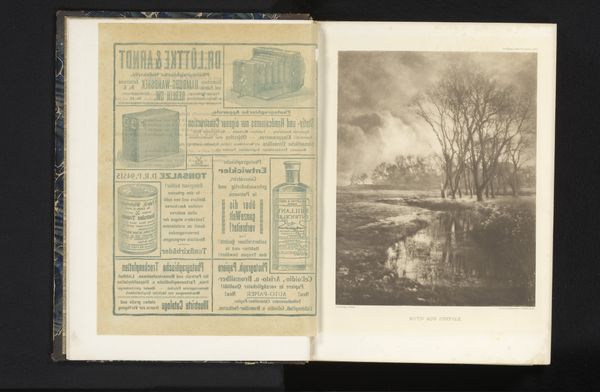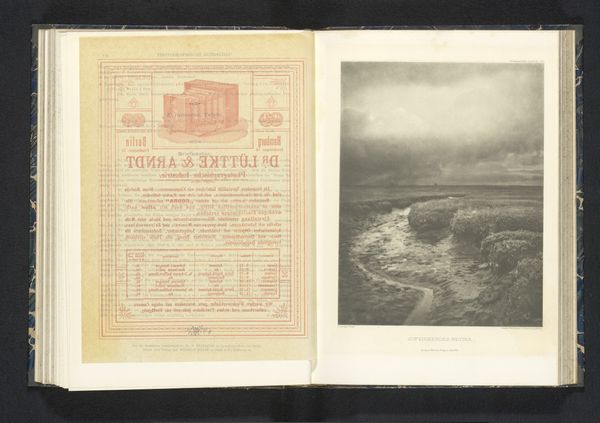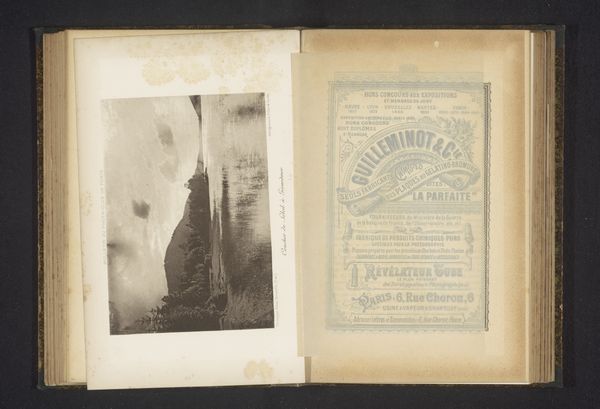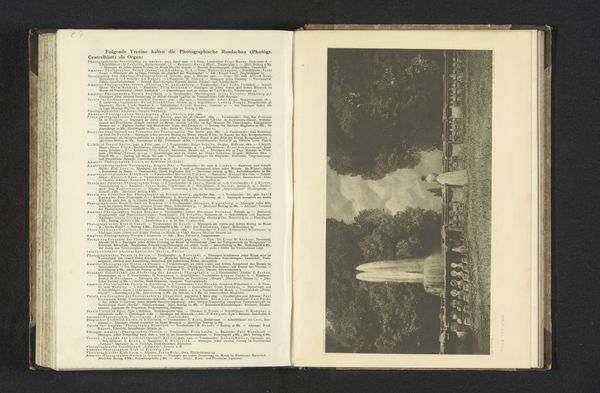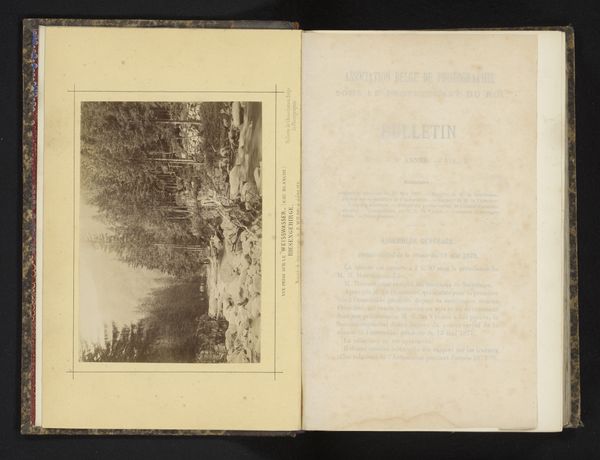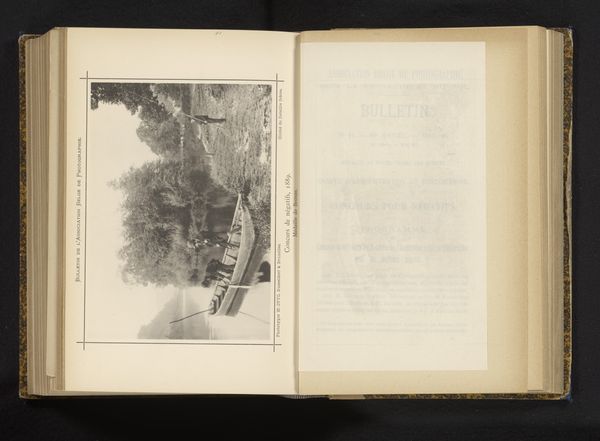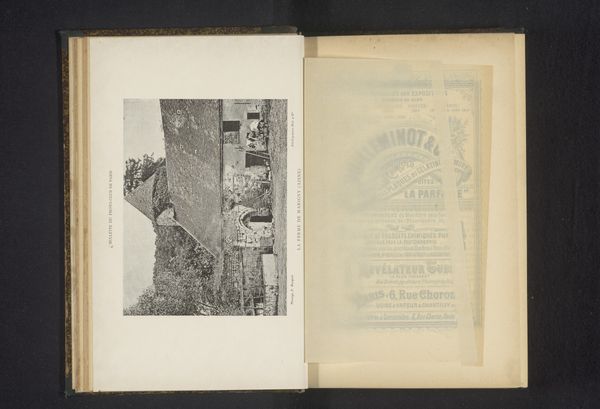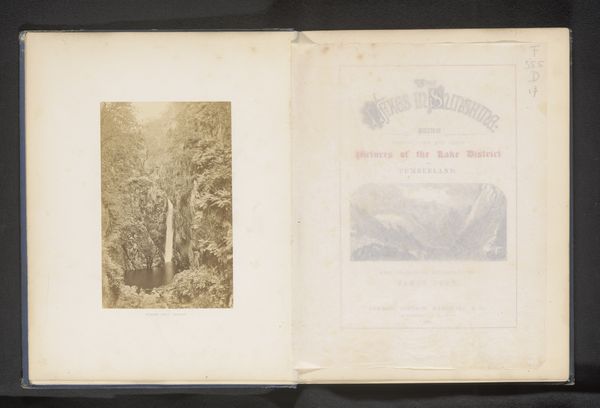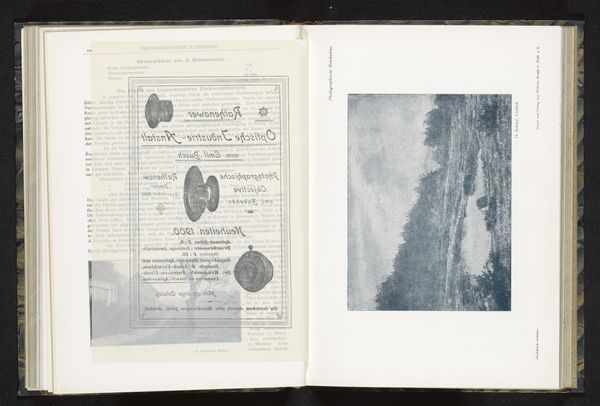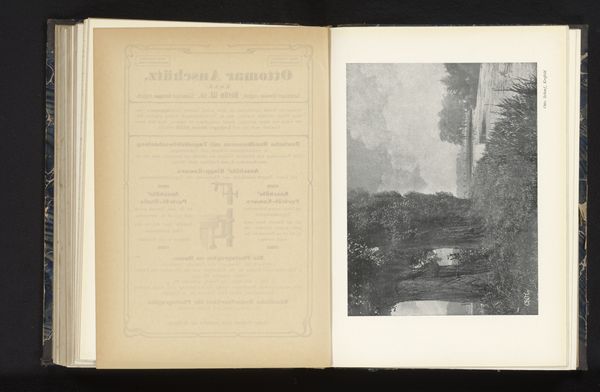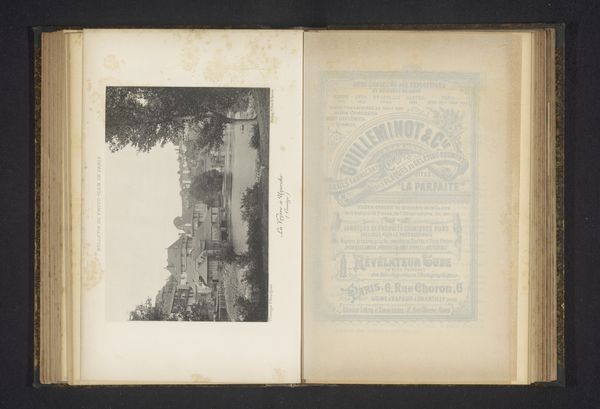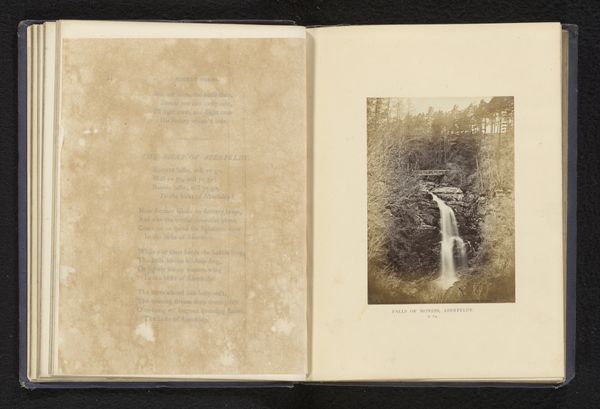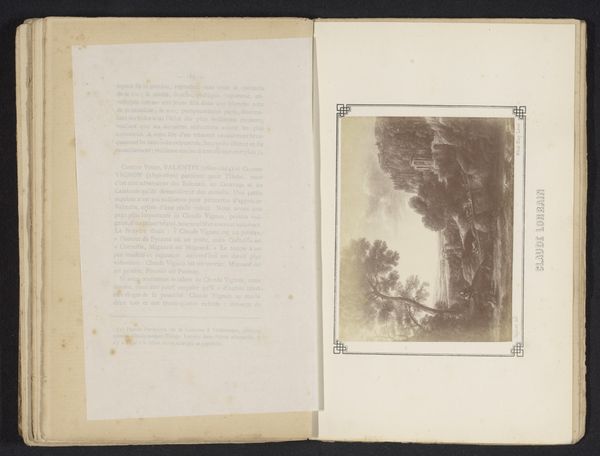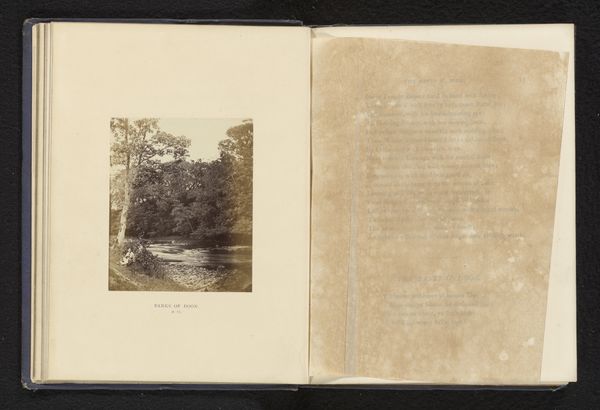
print, photography
#
pictorialism
# print
#
landscape
#
photography
Dimensions: height 223 mm, width 132 mm
Copyright: Rijks Museum: Open Domain
Editor: This is Alfred Horsley Hinton’s "Gezicht op een drassig landschap," a photographic print made before 1902. It feels quite somber and subdued, almost like a scene from a dream. I’m struck by how the light reflects off the water. How do you interpret this work within its historical context? Curator: Well, this piece belongs to the Pictorialist movement, which championed photography as a fine art in the late 19th and early 20th centuries. Artists like Hinton were intentionally moving away from photography as purely documentary, instead striving for painterly effects. Look at the soft focus and tonal range – what feelings do those evoke for you? Editor: Definitely a sense of moodiness, almost romantic, like a Turner painting but with a camera. Curator: Precisely! Consider that the rise of Pictorialism occurred alongside rapid industrialization and urbanization. Artists responded to that social upheaval by idealizing nature, often using manipulated processes to imbue their photographs with emotional depth. Do you think this image is offering a commentary on what was lost in the advent of modernization? Editor: I can see that. The unspoiled landscape stands in stark contrast to the industrial progress of the time, a symbol of purity and the sublime. The very act of making it a 'work of art' elevates it. Curator: Indeed. The artistic value ascribed by organizations like the Photo-Club de Paris and journals of the time shaped the public perception of photography and created this landscape's cultural value. We're not just looking at a pretty picture; we are observing the construction of art. What do you make of it, seeing how photography developed over time? Editor: It's eye-opening to see how photography fought for its place in the art world and how its perception was actively shaped. This makes me question the images we consider 'art' today, and who gets to decide that. Curator: Precisely. That’s what makes this piece so compelling even today; it pushes us to examine how institutions and artistic movements create lasting meaning.
Comments
No comments
Be the first to comment and join the conversation on the ultimate creative platform.
